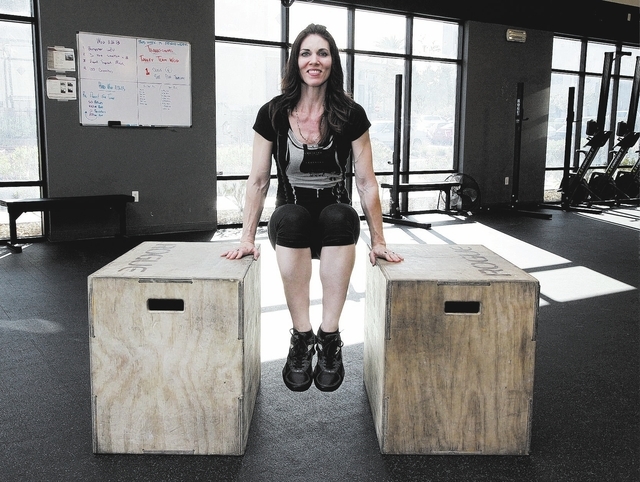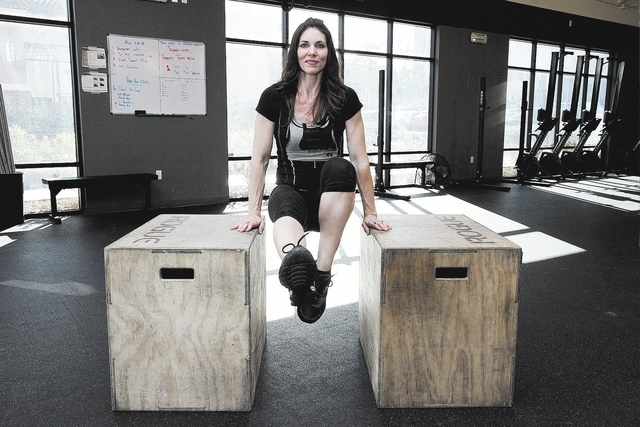Put L-sits on list for better strength, stability
L-Sit is a powerful gymnastic basic. Gymnasts pass through the L-sit a few times during a routine as a transitional movement. It is a demonstration of strength, stability and virtuosity.
Regular gymgoers can utilize this gymnastic tool to provide some valuable skill transfer to their own fitness.
Most gyms have some equipment to perform L-sits on. I like jump boxes because they are available most of the time. Some gyms may have parallel bars or a roman chair with a parallel bar setup. You could even use parallettes or gymnastic rings. At home you could use some Perfect Pushup bars found at most retailers with a home fitness section.
L-sits are a good body-weight exercise that transfers well to other movements. The shoulder stability and core strength will take you far. It also teaches you to be aware of your spinal positioning. As the old saying goes, out of sight, out of mind. Since the spine is behind you it often gets forgotten. The L-sit can help address many issues by focusing on its requirements.
The first requirement is the hip positioning. The hips should be under the shoulders between the arms. Watching the hips tells me whether the athlete is holding the position correctly. If the hips are forward or backward in relation to the arms, the back is not tight or the shoulders are not in the correct position. Having a tight back locks all the moving parts of the back into one solid piece. Like an armadillo has protective plates that adjust as it moves, they also become a hard protective shell to protect it from predators.
Contracting the back protects the body and primes it for movement.
The shoulders need to be externally rotated to put the joint capsule in a strong, stable and safe position. In short, the verbal cue is to have the athlete turn the elbow bends of the arms forward. As a trainer, if I can’t see elbow bends then I know the shoulder is working too hard in the wrong position.
The legs need to be straight and the ankles above the hip crease. This makes sure the hip flexors aren’t overloaded and the stress is assisted by the quads and the rest of the core musculature.
Head position needs to be looking straight. If the athlete is looking down, the spine is not straight and the body will not allow for the maximal distribution of strength to execute the movement. Essentially you’ll work harder than you have to.
All these technique specifics help the body efficiently perform the L-sit. If the body defaults to its own structure to hold itself up, then the muscles do very little. Imagine the Eiffel Tower. Structurally, it is most stable as it stands, upright. Sure, it might even support weight if it were laid on its side. But trying to balance it upside down would prove futile. Having a loose back and unstable shoulders is like trying to stand a structural masterpiece upside down or on its side.
Some people find it difficult to perform L-sits. The wrists hurt or they can’t seem to get the legs high enough without the hamstrings or low back hurting.
If your wrists hurt, try this movement on some parallel bars, P-bars, or some Perfect Pushup bars. Some find it comfortable to place the hands on the front of the boxes so the fingers are still facing forward but are able to bend at the front of the box.
Tight hamstring sufferers may find this movement difficult as well. If the hamstrings are overly tight, it will make raising the toes over the hip crease difficult and uncomfortable. Mobilize the hamstring to get the most out of the L-sit and just work on the modification in the meantime.
Chris Huth is a Las Vegas trainer. He can be reached at 702trainer@gmail.com. If you are a Las Vegas trainer and want to share your love of fitness as a guest coach, please contact him. Consult your physician before beginning any exercise program.






















